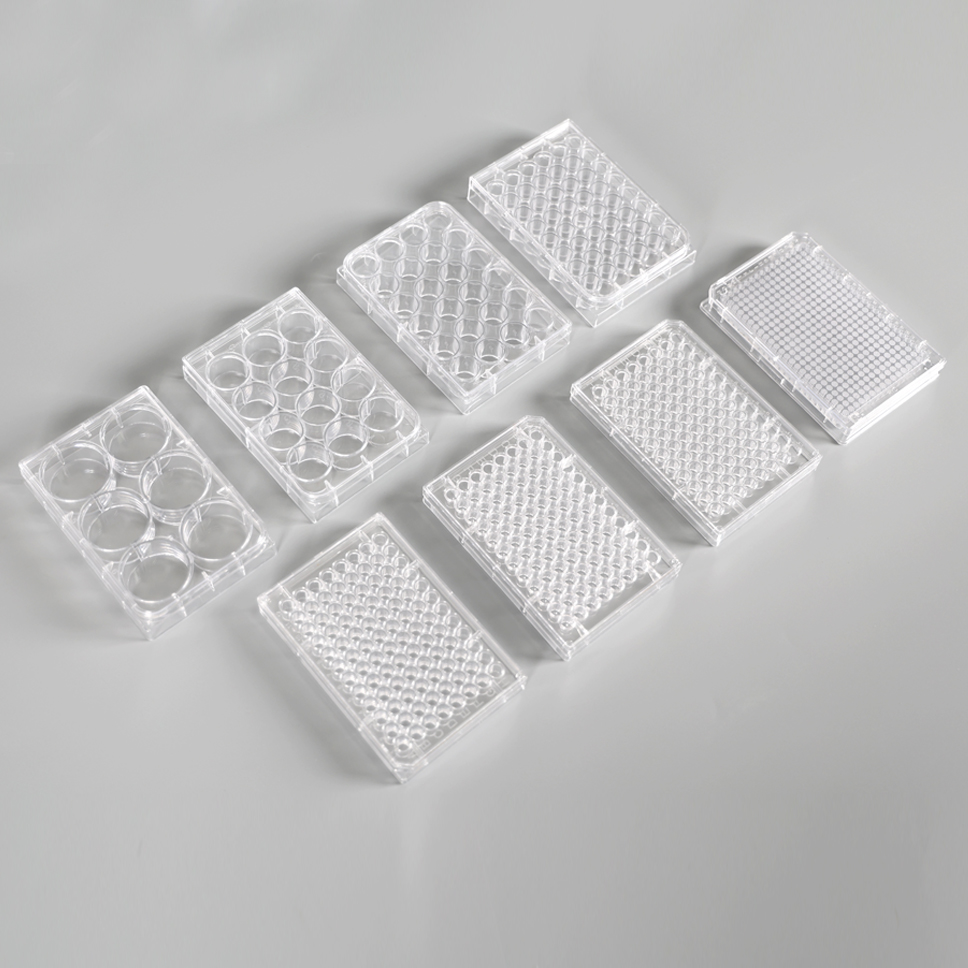The chemical herbicide methods used in farmland mainly include: stem and leaf treatment, soil treatment and herbicidal film weeding.
1. Stem and leaf treatment. The herbicide is sprayed directly onto the growing weed foliage. Stem and leaf treatment can be divided into two types: pre-sowing stem and leaf treatment and growing stem and leaf treatment. Stem and leaf treatment before sowing: spraying chemical herbicides on the grown weeds before the crops are sown or transplanted, can completely kill weeds, and the requirements for such herbicides are broad-spectrum. The efficacy period is short, and the agent is quickly decomposed after falling into the soil. The most commonly used agents are chemical preparations such as glyphosate and gram. The stem and leaf treatment in the growing period is a method of spraying the herbicide after the emergence of the crop to eliminate the stems and leaves of the weeds. This treatment method sprays the herbicide onto the weeds and sprays on the crops. Therefore, the herbicide should generally be selective. If you can use 2.4-D butyl ester, dimethyl tetrachloride, herbaceous enemies, etc., it can prevent the wheat cotyledon weeds, but it is safe for wheat; the use of enemy cockroaches can effectively kill valerian, but has no effect on rice. However, some herbicides with less selective selectivity can adopt the method of directional spray to achieve the safety of crop protection and weed control. Herbicides used in stem and leaf treatment are generally emulsifiable, water-based, wettable powders, etc., sprayed on water. The agent for the oil can be sprayed directly with an ultra low volume sprayer.
2. Soil treatment method. It can be divided into three levels: pre-sow, post-emergence and post-emergence soil treatment. The soil treatment before sowing is to apply the herbicide to the soil before the crop is transplanted or sowed, and evenly mixed into the shallow soil layer to form a certain depth of the drug layer. When the weeds sprout or pass through the drug layer, the contact absorption agent Lead to poisoning death. The advantage of this treatment is that it reduces the volatilization and photolysis of the herbicide. In the case of poor surface moisture, the mixed soil treatment is more effective than the above treatment, and the herbicidal effect is good. Soil treatment before sowing: It is the treatment of soil before emergence of crops after sowing. Most of the herbicides currently used by farmers are applied this way. These agents are mainly used for weeding using the difference in the selection. Post-emergence soil treatment is to treat the soil during the growth period of the crop, such as herbicide and herbicide ether used in the paddy field after planting. This herbicide is often applied by granules. Soil surface treatment: It is the method of treating soil before seeding or before sowing. For example, the herbicide preparation is sprayed on the soil surface before the emergence of the peanut, so that the soil surface forms a film, and the weeds die due to contact when the weeds grow through the film.
3, grass killing film weeding method. This method uses a herbicide-containing film to kill weeds. The method comprises the steps of: firstly, holes are drilled on the film according to the cultivation points of the crops, and then covered on the surface of the farmland, sowed or planted in the holes, and the crops grow through the holes, because the film contains the herbicide, and the weeds sprout after the film is hit. And was killed. This medicinal film can be used for weeding crops such as cotton, peanuts and vegetables.
Cell Culture plates provide the right environmental surface to cultivate microorganisms. Choose from a variety of treated and untreated plates and dishes in multiwells or uniform flat bases. Some of the features include optically-clear for easily viewing cells, stacking beads for easier handling, and gamma sterilized and certified nonpyrogenic.
Product material: made of polystyrene
Product features: Each hole is marked with numbers and letters, which is easy to locate. One section of the plate cover has two bevel guides to prevent cross-contamination.
Features:
Easy to locate: alphanumeric labeling
Increased hole edges: reduces the risk of cross-contamination
Independent packaging: each culture plate is individually packaged
The tightly integrated hole cover can effectively prevent the contamination and evaporation loss of the medium during the cell culture process
Good stability: Innovative cover edge diversion design, which greatly improves the circulation and exchange of air in the plate

24 Well Plate,Cell Culture Plate,6 Well Plate,12 Well Plate,96 Well Plate Cell Culture
Yong Yue Medical Technology(Kunshan) Co.,Ltd , https://www.yymeds.com